Not all flowers can be planted indoors!
Not all flowers and plants can be planted indoors, such as the strong fragrance produced when some flowers bloom makes people dizzy and suffocated, some juices are poisonous, some smell is allergic, and some are prickly, these flowers should not be placed indoors.
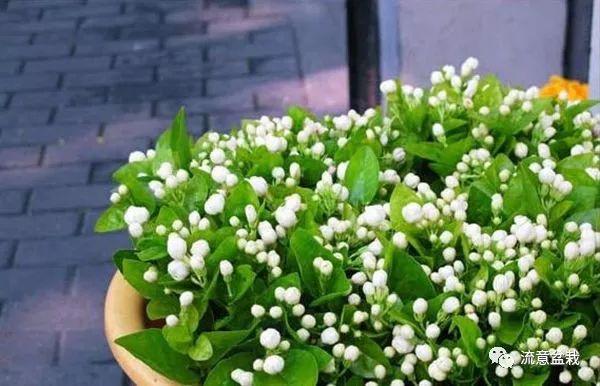
The aroma of nocturnal incense is poisonous and clove is full-bodied. Patients with hypertension and cardiovascular disease will feel chest tightness and discomfort, and the condition will be aggravated.
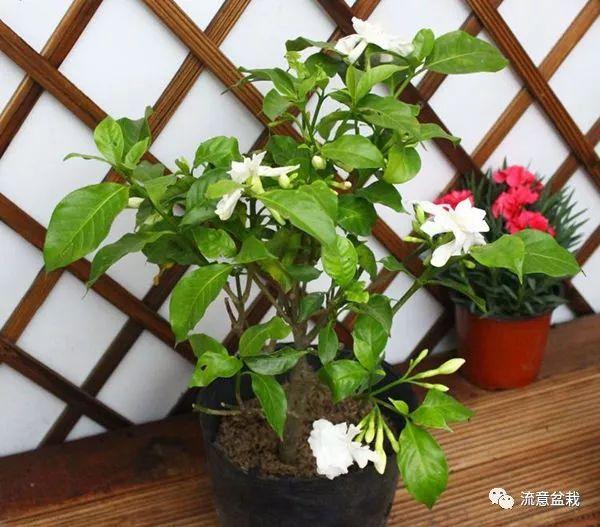
The aroma of rose, lily and orchid can make people too excited to sleep for a long time. Geraniums smell strange, tulip flowers are poisonous, and sensitive people are wheezing and nauseous. Strong aroma of jasmine and epiphyllum, shortness of breath and dizziness after hearing for a long time.
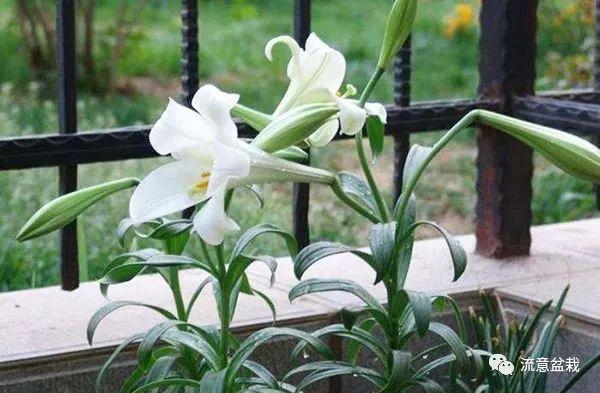
The whole plant of daffodils is poisonous, can not touch the skin, and can not be eaten by mistake, otherwise it will cause enteritis, abdominal pain or systemic spasm.
A poinsettia and white juice is toxic and can cause redness and swelling of the skin. Accidental ingestion can be life-threatening. Calla lotus stems and leaves have alkaloids and other toxic substances, accidental eating will be poisoned.
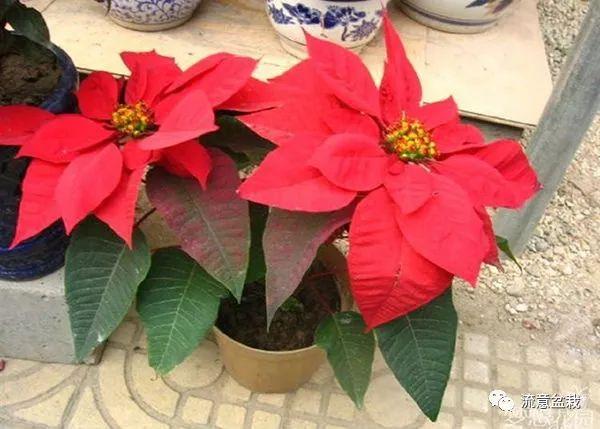
There are toxins in white and yellow azaleas, which make people numb to their hands and feet and have difficulty breathing; Lycoris radiata is poisonous, and eating flowers can cause difficulty in speech and death in serious cases; wisteria seeds and stem bark are poisonous, causing vomiting and diarrhea, and serious ones can die. There is poison in cactus thorns, piercing the skin can cause redness, swelling and itching.
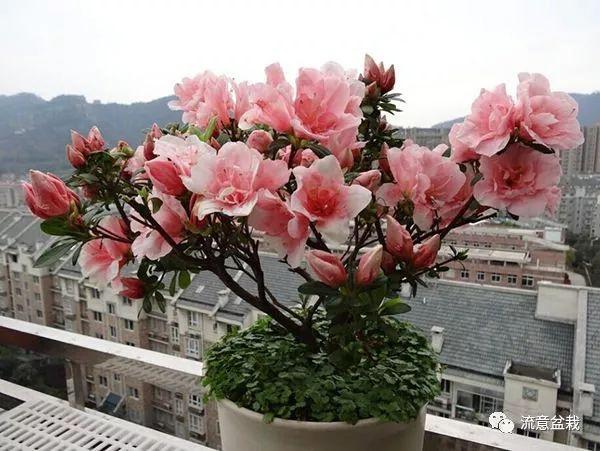
Rose, rose and lily pollen can cause allergies; shoot stem, iris, yellow clematis, incense, false forsythia, mandala, red impatiens, intermittent seeds, alpine snow, red back sweet-scented osmanthus, broad-leaved kiwifruit, iron begonia and so on contain cancer-promoting substances, which do not necessarily cause cancer, but they are accomplices to cancer. Although the above flowers and plants are beautiful, try not to plant them, especially for green friends with children at home!
Friends are welcome to leave comments and share your flower-growing problems. Operator Huaxiao: liuyi21a
- Prev
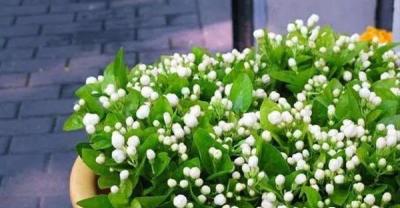
Analysis on the planting Prospect of Torreya grandis, the King of Nuts
The value of Torreya grandis. The fruit of Torreya grandis, also known as Torreya grandis, is a famous dried fruit in China with a long history of eating, which can be traced back to the Song Dynasty.
- Next

The most suitable implant for patients with diabetic osteoporosis
Dental implants have developed rapidly in recent years. The number of dental implant surgeries in the United States has increased more than tenfold and continues to grow. At present, dental implant surgery.
Related
- Fuxing push coffee new agricultural production and marketing class: lack of small-scale processing plants
- Jujube rice field leisure farm deep ploughing Yilan for five years to create a space for organic food and play
- Nongyu Farm-A trial of organic papaya for brave women with advanced technology
- Four points for attention in the prevention and control of diseases and insect pests of edible fungi
- How to add nutrient solution to Edible Fungi
- Is there any good way to control edible fungus mites?
- Open Inoculation Technology of Edible Fungi
- Is there any clever way to use fertilizer for edible fungus in winter?
- What agents are used to kill the pathogens of edible fungi in the mushroom shed?
- Rapid drying of Edible Fungi

